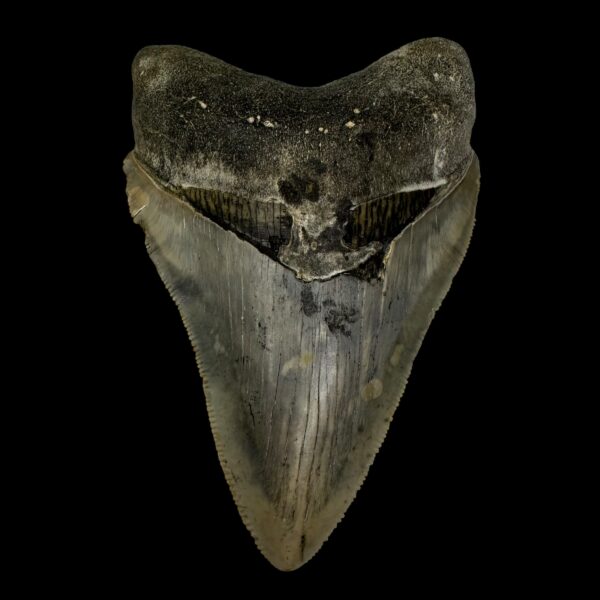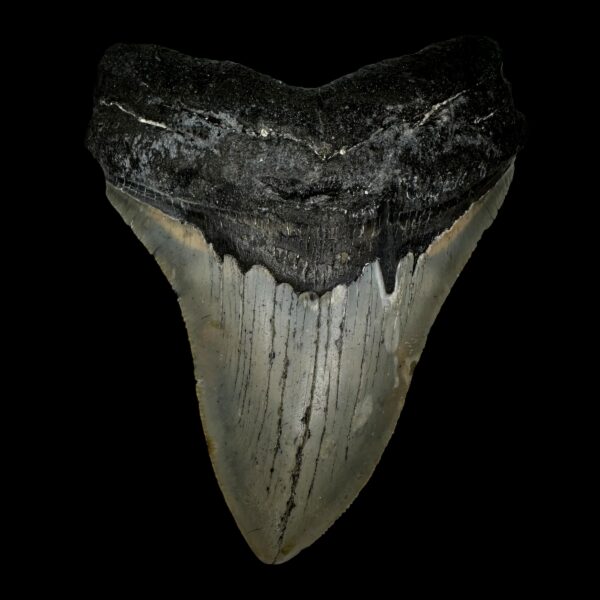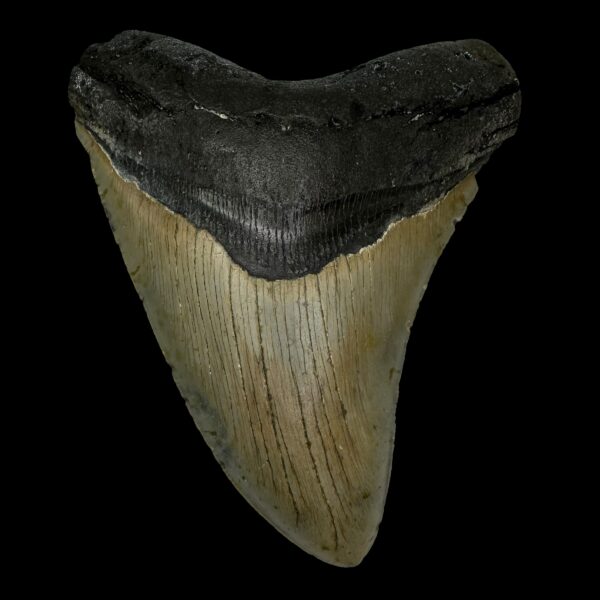Megalodon Teeth vs Shark Teeth: A Deep Dive into Prehistoric and Modern Marvels
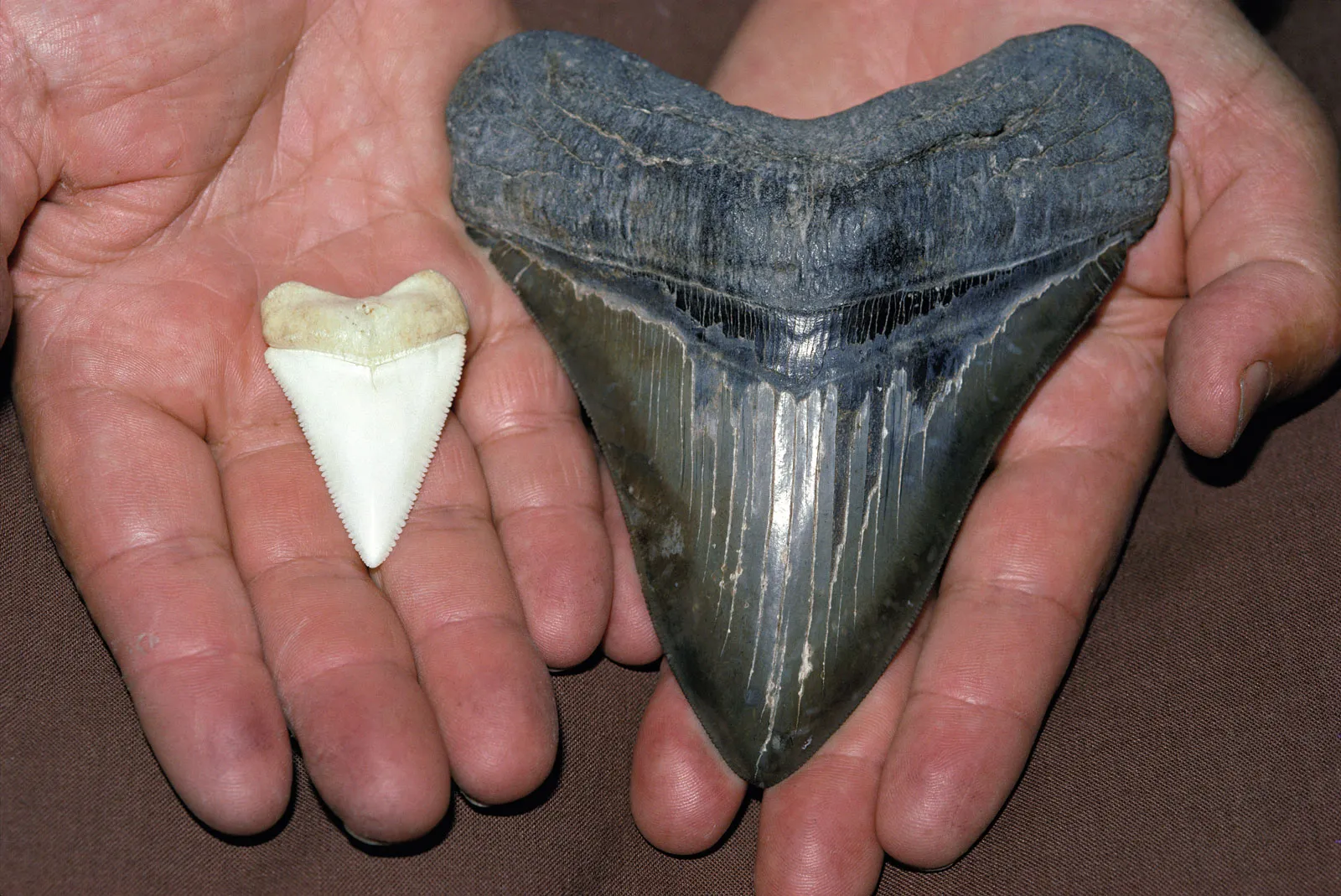
When it comes to marine predators, few features are as iconic—and scientifically revealing—as their teeth. In the battle of megalodon teeth vs shark teeth, we’re not just comparing size, but unraveling millions of years of evolution, ecological adaptation, and survival strategy. Whether you’re a paleontology enthusiast or a curious ocean lover, understanding the distinctions between these dental giants offers a fascinating dive into the ocean’s past and present.
The Mighty Megalodon: Prehistoric Power Encased in Enamel
The megalodon (Otodus megalodon) reigned supreme as the largest predatory shark to ever inhabit Earth’s oceans, living between 23 to 3.6 million years ago. Its fossilized teeth are some of the most compelling and widely studied relics of prehistoric marine life.
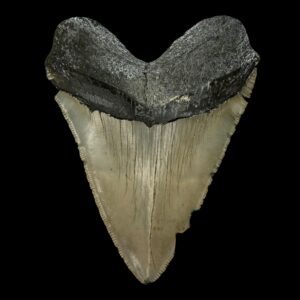
Size and Structure
Megalodon teeth are truly titanic, reaching over 7 inches in length, compared to a modern great white shark’s 2 to 3 inches. These massive, triangular blades were built for dominance—wide at the base, tapering into finely serrated edges perfect for slicing through thick whale blubber and bone. Their structure suggests they were used for seizing, cutting, and crushing massive prey.
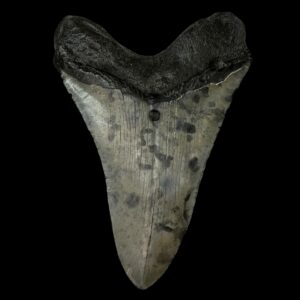
Serrations and Preservation
The serrations on megalodon teeth are delicate yet consistent, which helped tear through marine mammals with brutal efficiency. The smooth, dense enamel on the teeth contributes to their remarkable state of fossil preservation. Found in a variety of hues—from jet black to earthy browns—these colors are the result of mineral absorption over millions of years.
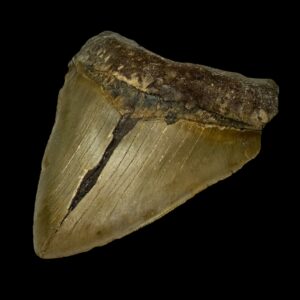
Fossil Locations and Collector’s Craze
Megalodon teeth are often unearthed in coastal fossil beds across North and South America, parts of Africa, and even Europe. Their size, rarity, and historical importance make them incredibly valuable to collectors. Depending on size and condition, a single tooth can sell for hundreds or even thousands of dollars on fossil marketplaces such as Buried Treasure Fossils.
Modern Shark Teeth: Evolution in Action
Today’s sharks display a jaw-dropping range of tooth types—each uniquely shaped by their diet and hunting habits. When considering megalodon teeth vs shark teeth, these variations highlight how modern sharks have diversified to survive and thrive in today’s oceans.
Tooth Diversity Among Modern Sharks
Great White Shark (Carcharodon carcharias): Teeth are broad, triangular, and serrated—similar in shape to megalodon teeth but significantly smaller. Perfect for tearing flesh.
Tiger Shark (Galeocerdo cuvier): Their serrated, curved teeth can crush turtles and shelled prey.
Bull Shark (Carcharhinus leucas): Teeth are thick and triangular, suited for a diverse carnivorous diet.
Sand Tiger Shark (Carcharias taurus): Needle-like teeth ideal for snaring slippery prey like fish.
Each tooth type plays a role in the predator’s ability to hunt effectively and fulfill its role in the marine food web.
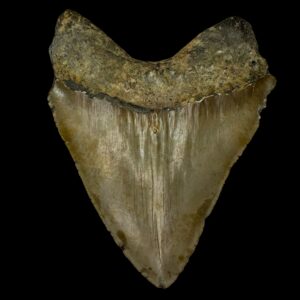
Functional Anatomy and Tooth Replacement
Sharks don’t just have sharp teeth—they have a built-in conveyor belt system. Throughout their lives, sharks can produce up to 50,000 teeth, with new rows continuously replacing old or damaged ones. This evolutionary marvel ensures sharks are always equipped for hunting, regardless of age or injury.
Megalodon Teeth vs Shark Teeth: What Do They Tell Us?
So what do we learn from comparing megalodon teeth vs shark teeth?
Feeding Habits: Megalodon’s teeth reveal a top-tier predator built for overpowering massive marine mammals, whereas modern shark teeth reflect a wide array of dietary strategies—from crushing to slicing to gripping.
Evolutionary Divergence: Despite similarities, megalodons are not direct ancestors of great white sharks. Genetic and fossil studies suggest that great whites evolved from a different lineage, possibly related to mako sharks, a fascinating case of convergent evolution.
Ecological Adaptation: Sharks have continuously evolved their dentition to suit their environment, allowing them to adapt and dominate various oceanic niches.
If you’re curious about the visual distinctions and evolutionary lineage, check out this excellent resource from the Florida Museum.

Cultural Significance and Scientific Importance
Shark teeth have always held a strong cultural presence. In many indigenous societies, they symbolized power and protection. Megalodon teeth, in particular, are often seen as mystical relics of an ancient world.
Scientists, on the other hand, use these teeth to unlock secrets of marine history. From analyzing tooth wear patterns to studying isotopic signatures, shark teeth help researchers understand everything from ancient ocean temperatures to predator-prey dynamics.
Conservation Through Education
Understanding the story of megalodon teeth vs shark teeth also aids in marine conservation. As apex predators, sharks play a critical role in maintaining the health of marine ecosystems.
By raising awareness through education and fossil exhibitions, organizations help dispel myths about sharks and emphasize their ecological value. Highlighting the legacy of ancient predators like the megalodon can also foster appreciation for their modern descendants, many of which face threats from overfishing and habitat loss.
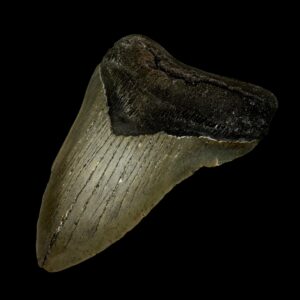
Final Thoughts
The comparison of megalodon teeth vs shark teeth opens a window into millions of years of natural history. From the gargantuan, serrated blades of the mighty megalodon to the diverse, purpose-driven teeth of modern sharks, each tells a story of survival, adaptation, and ecological mastery.
Next time you walk along a beach and spot a small, triangular fossil—or marvel at a massive megalodon tooth in a museum—remember that you’re not just looking at a tooth. You’re witnessing a piece of evolutionary art, shaped by time, nature, and the ever-changing rhythm of Earth’s oceans.
Shark teeth are not only fascinating from an evolutionary standpoint but also offer a deep understanding of how these creatures adapted to their environments over millions of years. The sharp contrast between megalodon teeth vs shark teeth is a testament to the variety of evolutionary paths that have led to the wide array of shark species we see today.
When examining megalodon teeth vs shark teeth, it’s important to consider the longevity of shark species and their adaptability. Sharks have been swimming the oceans for over 400 million years, a remarkable achievement for any species. The megalodon, despite its extinction millions of years ago, still captures the human imagination because of its size and dominance. Fossils of megalodon teeth vs shark teeth, which can grow as large as 7 inches, provide significant insight into the power and hunting techniques of one of the largest predators to ever exist. These massive teeth tell the story of a creature capable of taking down large marine mammals with its crushing bite.
On the other hand, the teeth of modern sharks are adapted to their current environment and diet. While some modern sharks, like the great white, have serrated teeth designed for tearing into the flesh of seals and fish, others, like the tiger shark, have specialized teeth that allow them to crush through the hard exoskeletons of creatures such as sea turtles. The diversity in the structure of shark teeth directly reflects the diversity in the diets of modern sharks.
Another interesting aspect of shark teeth is their unique ability to regenerate. Sharks are known for their conveyor belt-like system, where teeth are continuously replaced throughout their lifetime. This process helps ensure that sharks always have sharp, functional teeth, regardless of wear and tear from hunting and feeding. In fact, sharks can go through tens of thousands of teeth in their lifetime, and fossilized megalodon teeth vs shark teeth offer a glimpse into this incredible adaptation. In contrast, the regeneration of modern shark teeth is an ongoing process that supports the survival of these creatures in today’s marine environments.
Shark teeth, both ancient and modern, also play an important role in cultural and scientific studies. Historically, shark teeth have been used by various cultures for tools, jewelry, and even weapons. Their strong, sharp edges made them ideal for crafting knives, spearheads, and necklaces, often symbolizing power, protection, or connection to the sea. The megalodon teeth vs shark teeth comparison has become a symbol of prehistoric might, often featured in museums and private collections. These teeth are considered some of the most prized fossils in the world due to their size, rarity, and the mystery surrounding the creatures that once possessed them.
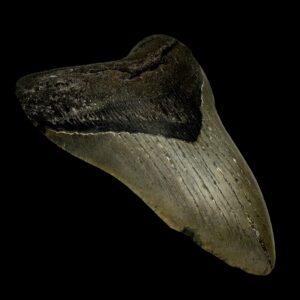
In scientific research, studying megalodon teeth vs shark teeth has allowed paleontologists to understand the diets and behaviors of ancient sharks. Fossils of megalodon teeth vs shark teeth are used to reconstruct the environment and food chain of ancient oceans. For example, some fossilized megalodon teeth vs shark teeth have been found near the remains of large whales, suggesting that these massive sharks were apex predators that preyed on some of the largest animals in the ocean. Modern shark teeth, meanwhile, provide insight into the evolutionary changes that have occurred in response to shifts in marine ecosystems over time.
The comparison of megalodon teeth vs shark teeth also sheds light on the ecological impact of these animals. Megalodons were at the top of the food chain, likely playing a role in maintaining the balance of marine life by controlling populations of large marine mammals. In contrast, modern sharks continue to be apex predators in their ecosystems, with different species fulfilling various ecological roles. For example, great white sharks are important in regulating seal populations, while hammerhead sharks are known for their ability to hunt stingrays and other bottom-dwelling creatures.
While the megalodon is long extinct, the legacy of its teeth continues to intrigue scientists and the public alike. Fossilized megalodon teeth vs shark teeth have become a part of popular culture, appearing in everything from documentaries to movies like Jaws and The Meg, where the creature is depicted as a monstrous figure from the deep. This fascination with megalodon teeth vs shark teeth not only fuels the imagination but also inspires ongoing research into the mysteries of the ancient oceans and the incredible animals that once roamed them.
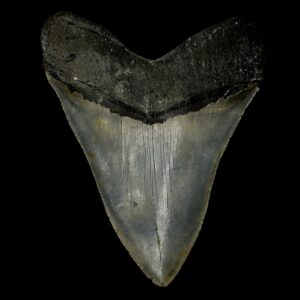
Megalodon teeth vs shark teeth also provide insight into the history of how these creatures evolved over millions of years. As sharks adapted to different habitats and prey, their teeth evolved to suit their needs. The wide variety of modern shark teeth shapes and sizes shows just how diverse these creatures are today. Whether it’s the massive, serrated teeth of the great white or the needle-like teeth of the sand tiger shark, each one is a product of millions of years of natural selection.
In conclusion, megalodon teeth vs shark teeth isn’t just a comparison of size and shape; it’s a story of survival, adaptation, and the complex roles sharks have played in the marine environment throughout history. From the massive, serrated blades of the megalodon to the varied and specialized teeth of modern sharks, these dental structures reveal the incredible evolutionary journey of these apex predators. Whether you’re a paleontologist, a collector, or simply an ocean enthusiast, exploring the differences between megalodon teeth vs shark teeth offers valuable insights into the diverse and ever-evolving world of sharks.
